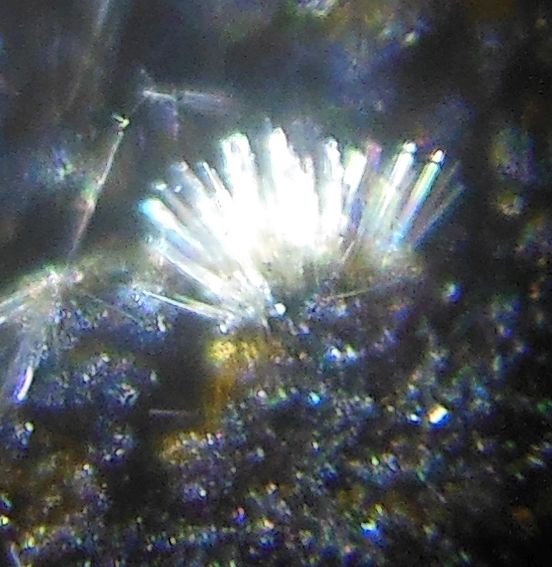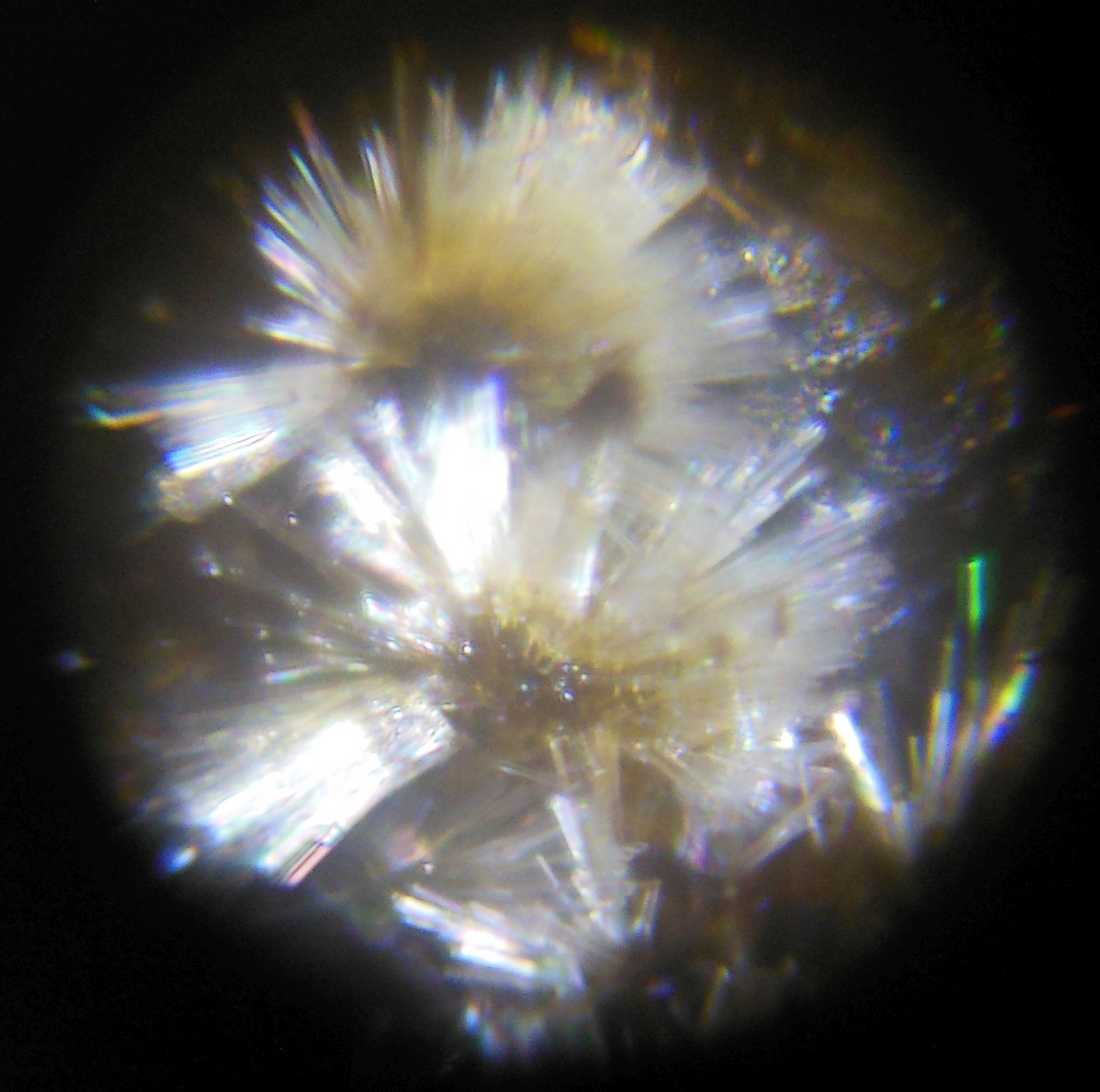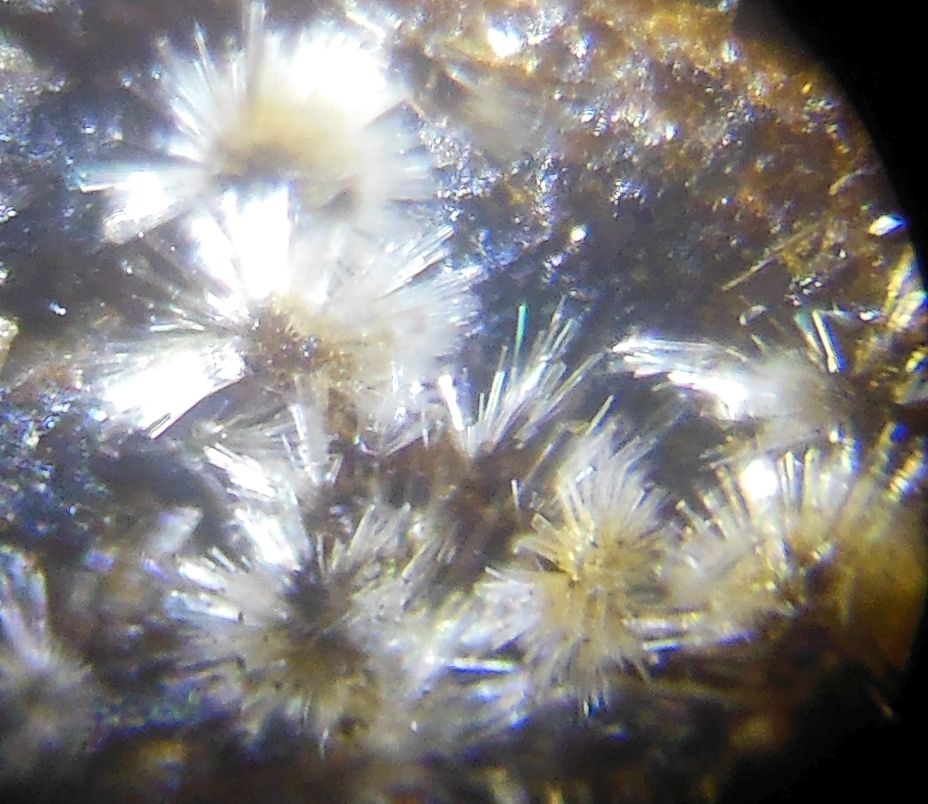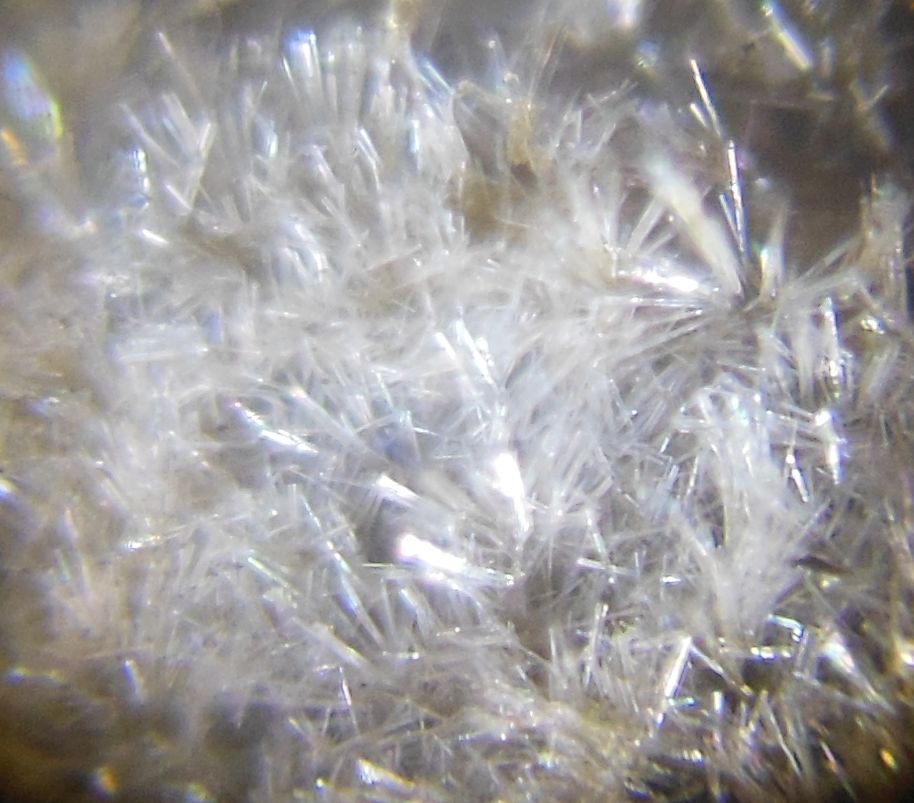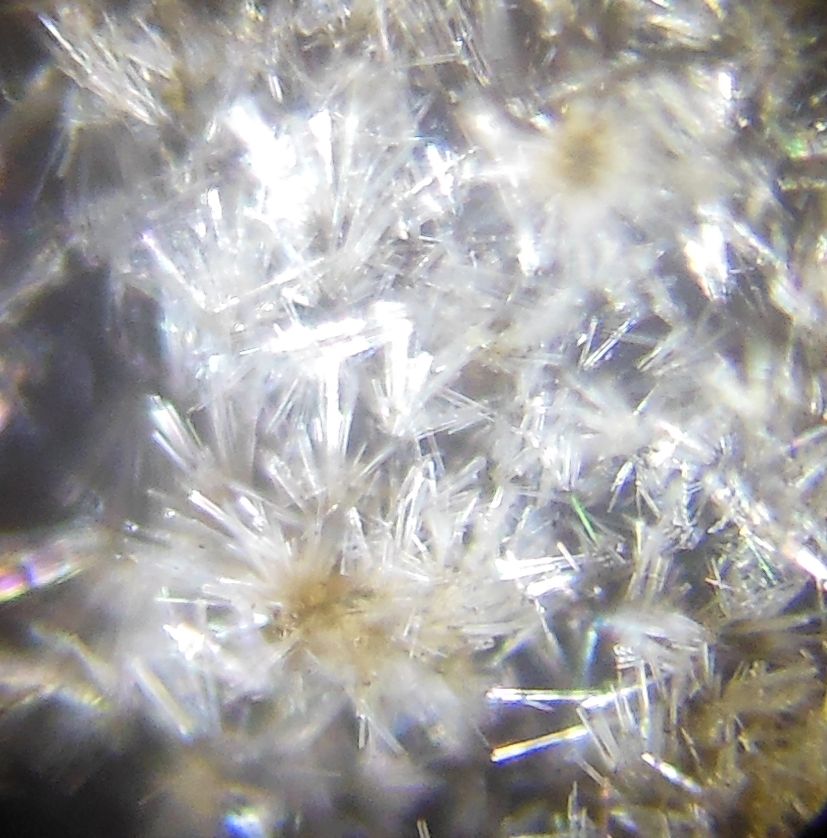Is Cigar Plume Mold? (Executive Summary)
‘Plume’, or sometimes ‘bloom’, is a controversial topic in the cigar world. The term refers to the appearance of small, usually white (but also light green, gray, or yellow), dots on the surface of a cigar. A common explanation[1][2] for why this occurs is that if the cigar ages well, it exudes small amounts of oil that crystallize on the surface. Using this definition, plume is a good thing as it indicates your cigars are aging well.
This explanation is not universally accepted, however. Some cigar experts call it a myth.[3] Others decide not to weigh in and simply assume it is all mold for the sake of safety.[4]
An often cited study is one said to be done by Australian Bio-Tech Laboratories and first referenced on the Friends of el Habano chat forum.[5] This study argued that all 10 cigars under study that potentially had plume actually had mold. The study is reported via forum posts and the report is linked, but the link is dead. In the absence of access to the report, it is wise to be skeptical of this study, especially since a Google search of ‘Australian Bio-Tech Laboratories’ returns very little. This is not to say the organization is fake, but that it has minimal internet signature and no identifiable history of publishing research or even doing research.
The German website Der Humidor[6] finds a middle ground, arguing that cigar plume is a real thing, but that it promotes the growth of mold.[7] This explanation may be why the cigar world is so divided - the situation is not a black and white one, but a gray one. Plume leading to mold makes it easy for the viewer to believe that plume is mold.
Der Humidor goes further in describing the difference between plume and mold. Specifically, they state that a microscope is necessary and that one should look for sharp, needle-like features or thread-like features in plume. Mold is characterized by a pinhead shape (where mold spores are kept). Further, they say that plume can be removed without discoloration of the cigar, but mold is too attached to the surface to do so, sometimes penetrating through the first layer of the wrapper.[7]
The Blending Room by JR Cigars agrees with this, stating that plume is easily removed by brushing, while mold sticks. They further add that a cigar with mold will likely be squishy and moist due to the high humidity conditions necessary for the growth of mold.[8]
What is mold? Mold (or mould) is a term used to refer to fungi that grow in the form of multicellular thread-like structures called hyphae.[9] The appearance can be fuzzy, tendrils, or dust-like. White or colored depending on the surface it infected. It is organic and can spread through the dispersion of spores. Plume (or bloom) is presumed to be the oils of the tobacco that have crystallized. Identifiable crystals on tobacco are something that is rarely photographed, notable that some are shown on a pipe tobacco forum.[10] High magnification was required, and the clearly crystalline structure is evident, similar in structure to images of aspirin or caffeine.[11]
This particular pipe blend was primarily Virginia and burley, 2 types not usually found in cigars.[12] Pipe tobacco is treated differently (humidity, types of leaf, aromatics/flavorings) and there are more ingredients to potentially crystalize. The human eye cannot tell, reliably, the difference between mold and crystals, as even mold can be dust-like and brushed off.
Gallery
References
- ↑ "Why is There Plume on My Cigar and What is it?". Gotham Cigars.
- ↑ Inc, M. Shanken Communications. "Plume". Cigar Aficionado.
- ↑ "What Is Cigar Plume? Cigar Mold Vs Plume -". bespokeunit.com. 29 April 2020.
- ↑ "Montefortuna Guide to Cigar Care". Montefortuna Cigars. 8 January 2019.
- ↑ "FOH Mould Study". Friends of el Habano Cuban Cigars Discussion Forum - FOH Forum.
- ↑ "Der Humidor by Marc André". www.humidor.de.
- ↑ 7.0 7.1 "Nach den konstruktiven Defiziten handelsüblicher Humidore in der vorigen Ausgabe geht es diesmal um die Cigarre selbstgenauer, um Lagerungsschäden an Cigarren" (PDF). www.humidor.de.
- ↑ "Mold Vs Plume: How To Tell The Difference".
- ↑ "What is mold?". moldbacteriafacts.com.
- ↑ "Stonehaven Bloom Under the Microscope". pipesmagazine.com.
- ↑ "Caffeine crystals in polarized light under the microscope 100x". 123rf.com.
- ↑ "Pipe vs Cigar tobacco". holts.com.
